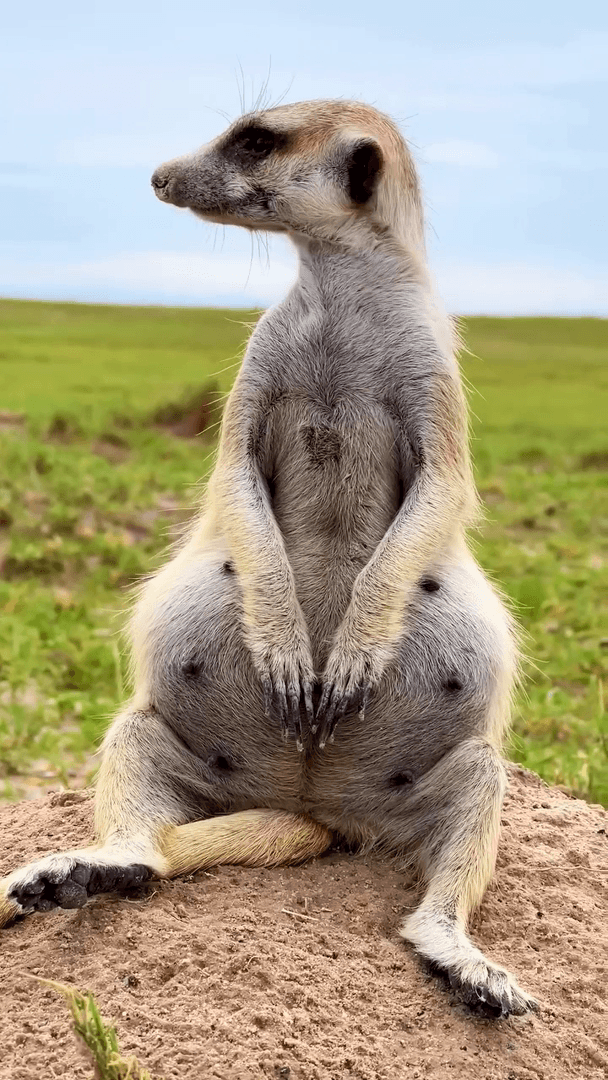
Hunting in Kweneng District (Botswana): Features, Demographics, Types of Hunting, Methodsб Game Species, Hunting Seasons, Organizations, Legislation and Traditions. Hunting Geography and Natural Settings Kweneng District covers 35,890 km² in southern Botswana, featuring transitional terrain between Kalahari sandveld and eastern hard veld. The Limpopo River basin and Molepolole woodlands provide prime hunting grounds with diverse ecosystems supporting robust wildlife populations. Key areas include the Manyelanong Game Reserve periphery and commercial game farms near Thamaga, known for exceptional kudu and warthog densities. Hunter Profiles and Origins The district issues approximately 300-350 hunting licenses annually. About 55% are international hunters (mainly from Germany, Spain and USA), 35% local professional hunters, and 10% community-based hunters. Seven licensed outfitters operate under Botswana Wildlife Management Association regulations. Hunting Opportunities in Kweneng D
Post: 25 July 13:16
















































